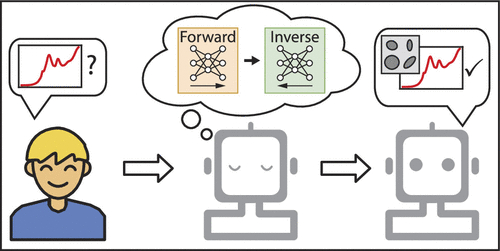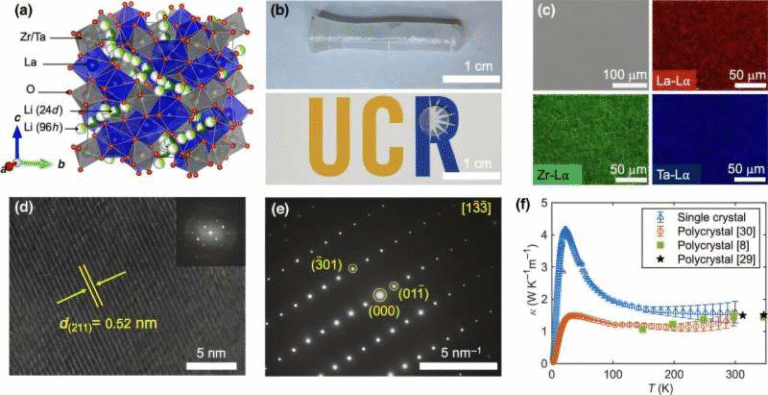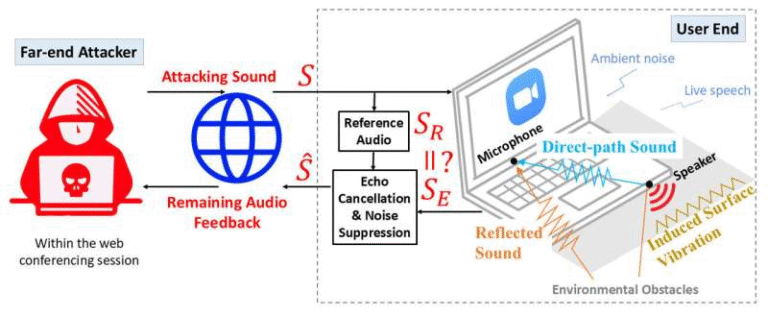AI Bots Are Getting Close to Solving Design Problems Like Human Scientists

Engineers at Duke University have developed a group of AI-powered agents that can tackle complicated scientific design problems with a level of skill approaching that of trained researchers. This new system, described as an agentic framework, is built from several cooperating large language model (LLM) bots that collectively perform tasks normally handled by graduate-level scientists. The work suggests that autonomous AI may soon handle many niche but time-consuming research challenges, accelerating scientific progress across multiple fields.
To understand why this matters, it helps to look at the kind of challenge the researchers are addressing. Much of advanced engineering and material science relies on ill-posed inverse design problems—situations where you know the output you want, but there are countless possible design combinations that could achieve it, and no clear guidance on which direction to explore. These problems are notoriously difficult because even if a correct solution exists, the path to it is incredibly unclear.
In earlier research, the same Duke lab built AI tools to solve inverse design tasks for dielectric metamaterials. These synthetic materials are made from small engineered structures rather than specific chemical compositions. Their electromagnetic behavior—how they interact with light, microwaves, or other frequencies—is determined by thousands of design parameters. Traditional design approaches are often slow, requiring manual simulations and intuition built over years of experience.
In that previous work, the team constructed a deep neural network trained on tens of thousands of simulated data points. This model learned how different metamaterial geometries affect electromagnetic responses. They paired it with a neural-adjoint method, a backward-working optimization algorithm that started from random designs and iteratively adjusted parameters until it matched a target electromagnetic performance.
But in this new research, the team took a bolder step: instead of relying on a human researcher to coordinate all these parts—data generation, neural network coding, model training, error analysis, and optimization—they created a full suite of LLM-based agents capable of handling every stage of the process independently. Their goal was to build what they call an artificial scientist.
How the AI Scientist Works
The system consists of multiple task-specific AI bots, each responsible for a different part of the scientific workflow. One bot manages data organization and ensures all necessary simulation inputs are present. Another bot writes deep neural network code completely from scratch using thousands of provided code examples. A separate bot checks whether the code is correct and functioning as intended. Finally, another bot runs the trained model through the neural-adjoint inverse design process by evaluating error rates and adjusting parameters.
Overseeing everything is a larger LLM that acts as a project manager. It keeps track of progress, routes information between agents, monitors performance, and decides whether the system needs more data, a new neural architecture, or additional iterations. It can also explain exactly what it is doing step-by-step, something that human researchers often do intuitively.
One of the impressive capabilities of this overarching agent is its ability to assess when progress is slowing down. If adding more data is no longer improving the model (a condition known as diminishing returns), it can inform the user and shift to another approach. If error rates are still improving, it knows to continue iterating. This kind of judgment is usually the product of human experience, and programming it into an autonomous system was one of the project’s biggest challenges.
How Well Does It Perform?
To test the system, the team asked it to solve several inverse design problems the lab had previously tackled using human researchers. They then compared the AI’s solutions against those produced by Ph.D. students.
On average, the AI did not consistently outperform human experts across thousands of trials. However, its best outcomes were nearly identical to the best human-produced designs. And in inverse design, where the objective is to find a single excellent solution rather than a high average performance, that is a significant achievement.
In other words, once the agentic system succeeded, it succeeded at a level comparable to professional scientists.
Even more important is what this implies: the system handled everything autonomously—from code generation to data selection to model training to optimization.
Why This Could Matter
Duke professor Willie Padilla, who supervises the research, sees enormous potential in agentic AI systems like this one. Many scientific fields involve small, but highly specialized problems that require a deep understanding of both domain knowledge and computational methods. These problems often slow down research because the human labor involved is tedious and resource-heavy.
By offloading such tasks to AI, scientists could focus on creative, conceptual, or experimental work, while AI handles brute-force simulations and routine computational analysis. This could lead to rapid scaling of discovery, especially when an AI can teach itself to refine models, detect when new data is needed, and improve its own workflow.
Graduate student Dary (Daryu) Lu, who led the project, described the system as being on the edge of significantly boosting the productivity of skilled workers. By understanding how to construct and direct these agentic systems, researchers could create powerful tools for industry and academia alike.
What This Means Beyond Metamaterials
While the study focused on metamaterials, the authors believe the same agentic framework could apply to:
- Computational electromagnetics
- Optical engineering
- Materials science
- Chemical reaction modeling
- Mechanical structure design
- Any field involving inverse problems
As LLMs improve and gain stronger reasoning abilities, such systems may eventually perform autonomous research at scales humans cannot match. This could result in truly novel discoveries emerging from AI-driven scientific exploration.
Extra Background: What Are Metamaterials?
Since metamaterials are central to the research, it’s useful to understand what makes them interesting:
- They are synthetic materials engineered from repeating microscopic structures.
- Their unique electromagnetic behavior comes from structure, not composition.
- They can manipulate light in unusual ways—bending, focusing, absorbing, or filtering it.
- Applications include cloaking devices, advanced sensors, antennas, and next-generation optics.
Inverse design for metamaterials is challenging because each design involves many parameters. Finding the right combination manually is extremely time-consuming. That’s why an AI system that can automate the process has enormous value.
Extra Background: What Is an Ill-Posed Inverse Problem?
An inverse problem is ill-posed when:
- Many different inputs could generate the same output.
- Small errors in the data can lead to completely different solutions.
- There is no straightforward way to check if a proposed solution is optimal.
AI systems—especially those that can iterate rapidly and assess performance objectively—are well suited to exploring these huge design spaces.
Final Thoughts
Duke’s agentic AI scientist is not yet replacing human researchers, but it is showing clear signs of being able to take over many repetitive and highly technical tasks. Its best designs rival those created by trained scientists, and its ability to monitor its own progress and determine next steps represents a major milestone for autonomous scientific AI.
If systems like this become common, they could dramatically increase the pace of scientific innovation and reduce the barrier to entry for complex computational research.
Research Paper:
An Agentic Framework for Autonomous Metamaterial Modeling and Inverse Design





